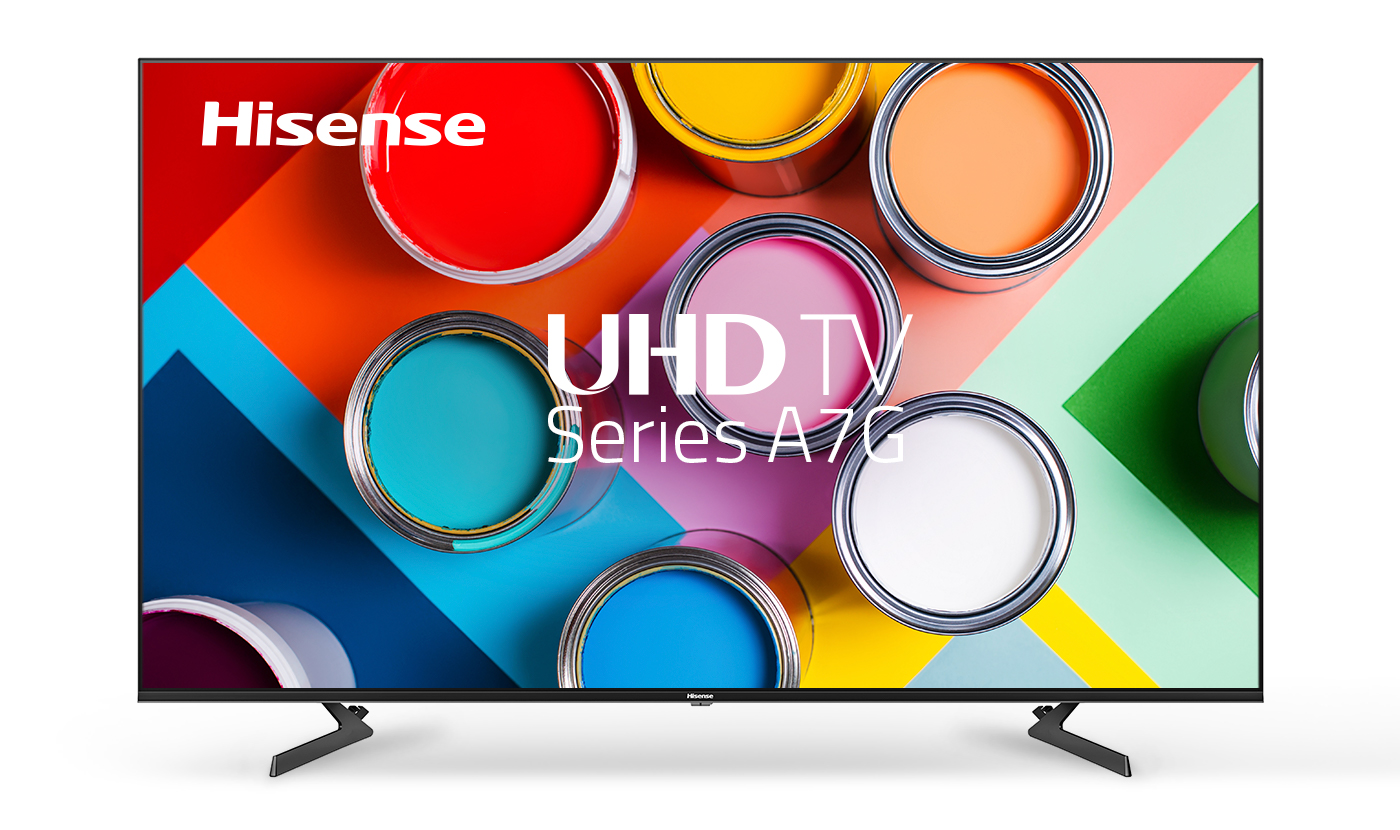
#4k tv tv#
This is another source of confusion, since decades of TV discussions have talked about vertical resolutions, and then all of a sudden we're talking about "4K TVs," which refers to the horizontal resolution. Nearly all HDTVs have an aspect ratio of 1.78:1 (16:9, aka "widescreen"), so that means a horizontal resolution of 1,920 pixels (1,920x1,080). Remember how we talked about digital cinema resolutions only specifying the horizontal resolution? Well TVs, on the other hand, have historically used the vertical to describe resolution (going back to the glass tube days).
#4k tv 1080p#
It's 2,048 pixels wide, and again, no vertical resolution is specified by the DCI.īut now that "4K" has gained traction as a term used to describe TVs and content, "2K" is becoming increasingly common as shorthand for the 1080p resolution used by most smaller and older HDTVs, as well as Blu-ray. Most companies just say both: Ultra HD 4K.īefore "4K" became common, you'd almost never see "2K." It was pretty much just a cinema resolution, which is why you'll sometimes see 2K used to refer to a " master format." Most digital cinema projectors used in theaters are 2K resolution (some are less). So Ultra HD TVs aren't technically "4K" by the specifications of DCI, but common parlance has usurped the term so "4K" TVs are 4K TVs even though their resolution is 3,840x2,160. Because movies vary in aspect ratio, which refers to the exact shape of the rectangle of screen, no vertical resolution is specified. This is the resolution set forth by the Digital Cinema Initiatives. Technically, "4K" means a horizontal resolution of 4,096 pixels. One potential source of confusion is that 4K means something different whether you're talking about a TV in your home, or a projector in a theater. Those TVs, along with Ultra HD Blu-ray, and nearly all UHD streaming content from Netflix, Amazon and others, is 3,840x2,160 resolution. When it comes to TVs, 4K and Ultra HD (or UHD) are referring to the same resolution. That said, it's still worth understanding the various resolutions used by TV makers and others. A TV with better high dynamic range (HDR) performance, a better overall contrast ratio or better color will look better than one that just has more pixels. It might, but not always, and for reasons that have little to do with resolution. Just because a TV has higher resolution than another, doesn't always mean it looks better. However, resolution is not the most important ingredient in picture quality.

Resolution is one of the most common specifications used to sell TVs, partly because "4K" and "8K" sound really high-tech and impressive. Here Senior Managing Editor David Katzmaier counts every pixel on an 8K TV. You'll have to look very closely, or whip out a magnifying glass, to discern each one. And the newest, largest and most ridiculously expensive TVs have over 33 million pixels ( 8K). Even newer and bigger TVs (typically 50 inches and above, although numerous smaller sizes too) have 8 million (for 4K Ultra HD). More recent and slightly larger TVs (typically 49 inches and smaller) have a little over 2 million pixels (1080p).

Older TVs, and many 32-inch models sold today, have a million or so pixels (720p). There are numerous resolutions found on flat-panel TVs. A single pixel, or discrete picture element, consists of a tiny dot on the screen.

Resolution, in terms of TV hardware, refers to the number of pixels that compose the picture on the TV. Still have questions? Let's start with the basics.


 0 kommentar(er)
0 kommentar(er)
